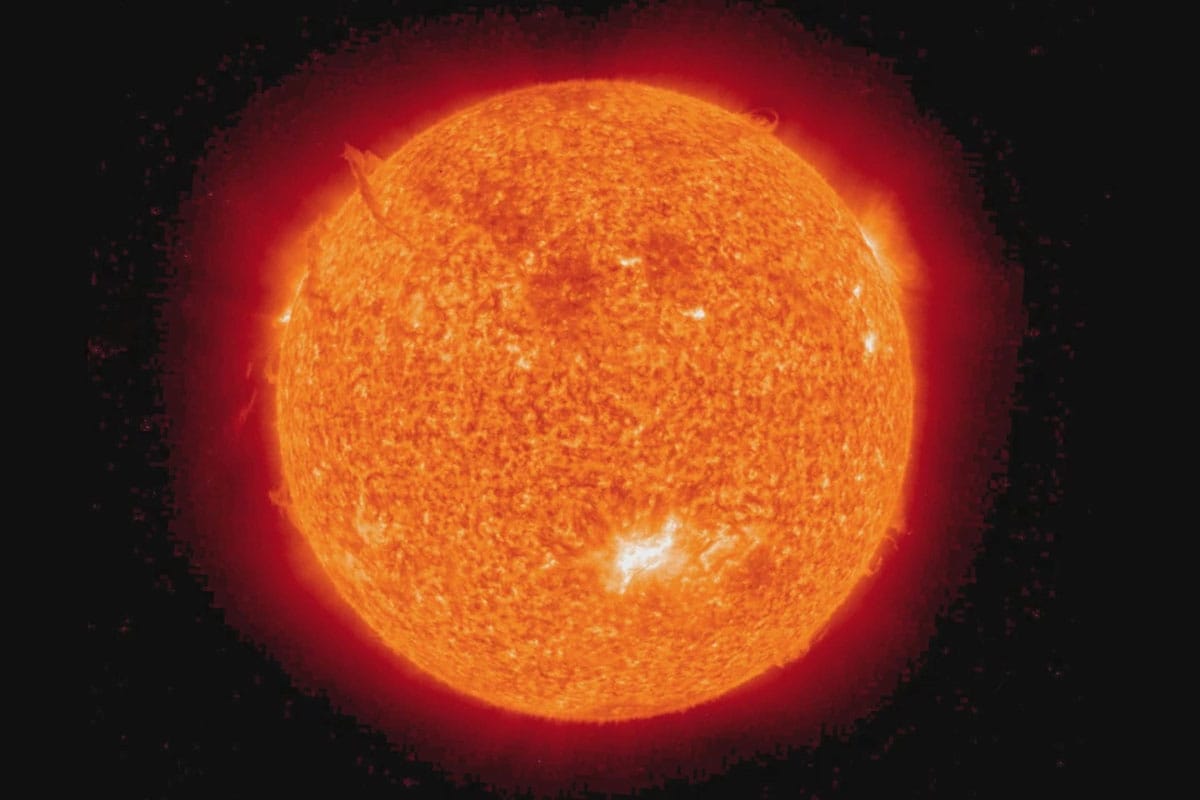The Internet seems like a guaranteed utility in the modern world, but that doesn’t mean it isn’t vulnerable to natural calamities like solar storms:
Scientists have warned for decades how things like intense solar storms and solar eruptions could wreak havoc on the global internet infrastructure.
CHECK OUT: Is It Time To Leave Climate Change Decisions To Artificial Intelligence?
Planning For An Internet Apocalypse
This future possibility was the highlight of the annual conference of Special Interest Group on Data Communication (SIGCOMM) 2021. Sangeetha Abdu Jyothi from the University of California, Irvine presented a glaring report on “Solar Superstorms: Planning for an Internet Apocalypse”.
Jyothi went deep into how a magnetized solar particle from a solar storm could damage global internet infrastructure.
CHECK OUT: Top 5 Up And Coming Tech Companies That You Should Know About
So, what are Solar storms, Solar flares, and coronal mass ejections?
Basically, these are all types of solar activity that are driven by the Sun’s magnetic field. Some of these solar activities are relatively tame and are nothing to be worried about:
Meanwhile, others like large mass ejections can contain billions of tons of matter that are accelerated at several million miles per hour. This solar matter rushes through space, impacting any planet or object in its path.
One thing to note is that in the case of such solar activity, the impact is only on the side facing towards the sun. Since the photons from the Sun travel directly in a straight line.
These are the scenarios that Jyothi explores in the report. Using real-world data sets, the research analyzes the readiness of the global internet infrastructure and how the submarine cables are at a very high risk of failure in case of an intense solar storm. Even more so than land cables.
CHECK OUT: Will The United States Join Race To Replace Fossil Fuel Vehicles?
The Underwater Internet Cables
According to the research, a solar storm could cause massive disruptions in submarine internet cables that connect continents. The submarine cables are more vulnerable to solar storms because of a few reasons:
- The first is that submarine cables use electrical devices called repeaters in 50 km to 150 km intervals, these devices amplify the optical signal that is flowing through these cables.
- Even though the optical cable isn’t affected by geomagnetic induced currents from the solar storms, the repeaters are affected. Once a repeater goes down, it can render the entire connection useless, causing massive disruption.
And this threat is not just limited to the seas.
CHECK OUT: 5 Ways Artificial Intelligence Is Making Your Life Better
The Communication Equipment In Orbit
The communication equipment we have floating around the earth in orbit is also vulnerable to such storms. Things like GPS systems depend on these satellites to be always working:
But if a solar storm even takes out one satellite in a constellation, it can take down the whole system. And with satellite internet companies like Star Link by Tesla, the global internet community might just be extending their exposure to solar storms.
CHECK OUT: The 5 Biggest Cyber Attacks In History
